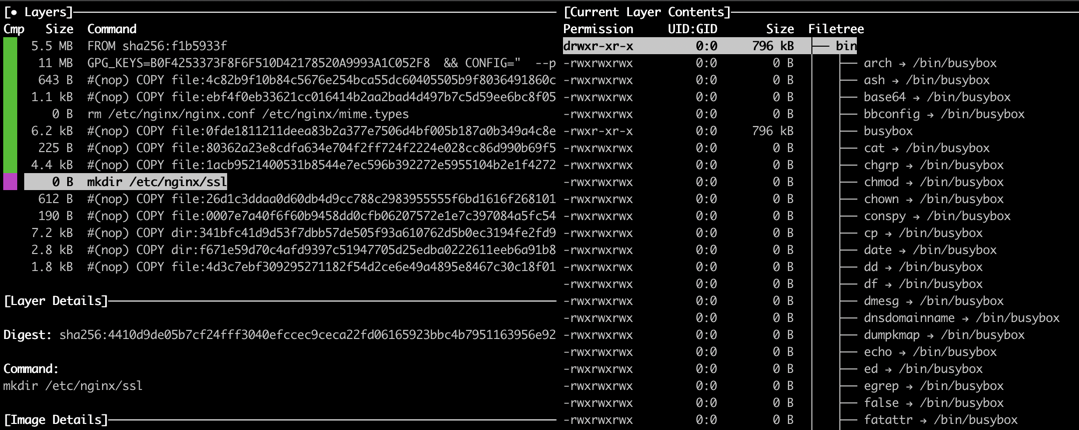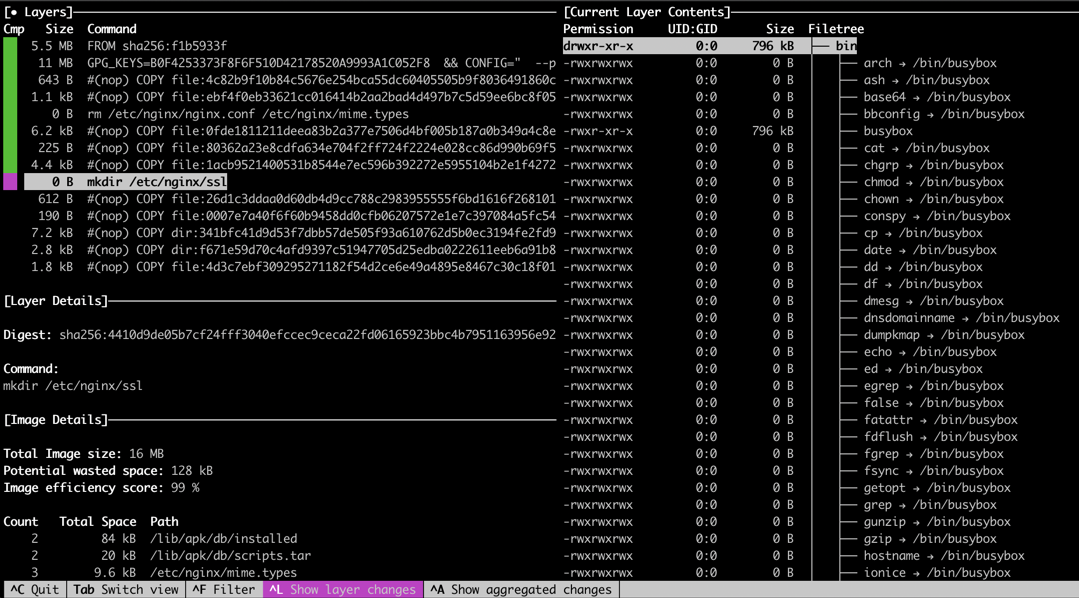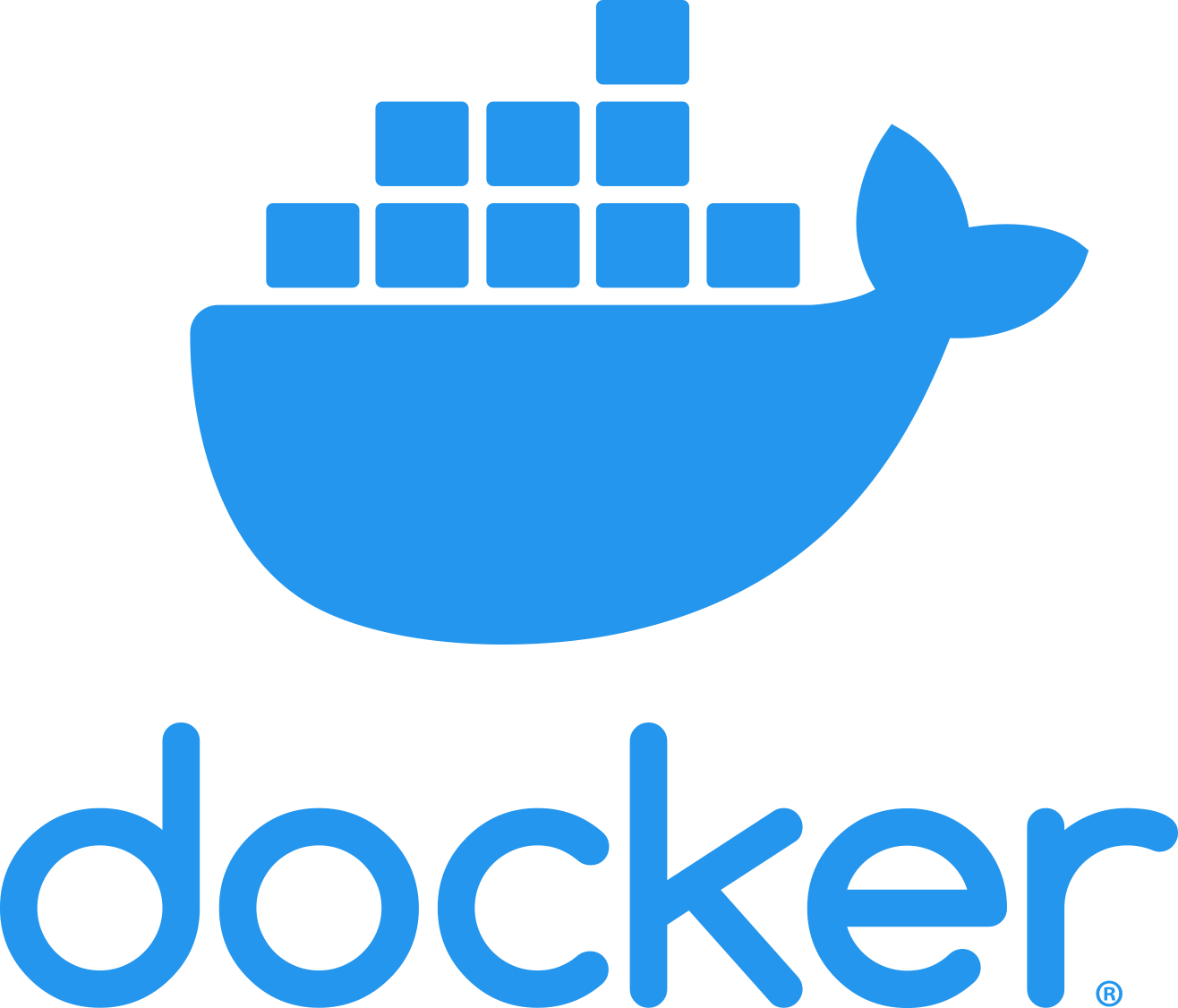
A personal project of Excellian alumnus Alex Goodman, dive is an open-source CLI tool that enables you to interactively explore Docker images layer by layer. Dive calculates an estimated image efficiency score and integrates with your CI pipeline, so you can ensure you’re shipping lean Docker images.
This popular tool has 16,000+ stars and 500+ forks on GitHub and welcomes pull requests from contributors.
You may find installation instructions here.

Show Docker image contents broken down by layer: As you select a layer on the left, you are shown the contents of that layer combined with all previous layers on the right. Also, you can fully explore the file tree with the arrow keys.
Indicate what’s changed in each layer: Files that have changed, been modified, added, or removed are indicated in the file tree. This can be adjusted to show changes for a specific layer, or aggregated changes up to this layer.
Estimate “image efficiency”: The lower left pane shows basic layer info and an experimental metric that will guess how much wasted space your image contains. This might be from duplicating files across layers, moving files across layers, or not fully removing files. Both a percentage “score” and total wasted file space is provided.

Quick build/analysis cycles: You can build a Docker image and do an immediate analysis with one command: dive build -t some-tag .
You only need to replace your docker build command with the same dive build command.
CI Integration: Analyze and image and get a pass/fail result based on the image efficiency and wasted space. Simply set CI=true in the environment when invoking any valid dive command.
If you have any issues, ideas, or simply need more details, check out the code repository at the link below and don’t forget to star it or fork it, if you like this project:
The Risks of Insecure YAML Deserialization in Python
YAML is a python favorite for object serialization, especially around application configuration. So, it is...
Agile eXamined: The Sprint Goal
Daily standups, acceptance criteria, user stories, retrospectives…am I right Agilists? In the day-to-day, it’s easy...
Contextualizing Responsible AI Practices for Fraud Detection
Developing and sharing Responsible Artificial Intelligence (AI) practices are a key element in protecting the...